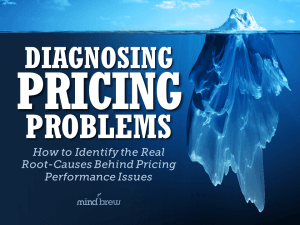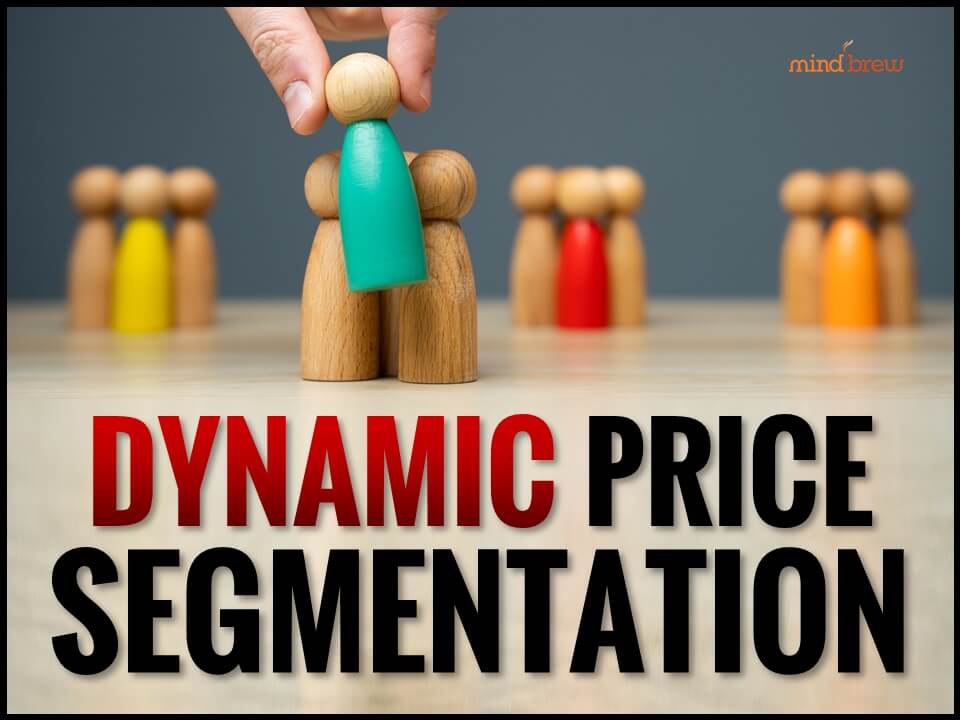When you’re considering making price changes, there are a number of questions that are likely running through your mind and possibly even giving you reasons to pause or reconsider:
- How will customers in the market or segment respond? Typically, the concern here is whether or not the response or impact on sell-through will be what’s expected or required to achieve the objectives.
- How will our competitors respond to these price changes? Understandably, many will worry that the impacts of their changes will be negated or muted to some extent, as competitors move to match their actions.
- How well will salespeople execute these changes? The fear here is that the sales team may not capture the price change, either because they really don’t support the change or they simply lack the skills.
Now, we’ve talked at length about how market-based elasticity measures can help you understand and anticipate how the market will respond to different prices. And we’ve highlighted…repeatedly…how elasticity measures can help you predict the resulting financial outcomes at certain prices, or work backwards from the outcomes you’re seeking to identify the prices that can deliver them.
So price elasticity measures can help you answer the first question in the series above. But did you know that price elasticity measures can help answer the other two questions as well? Did you know that the answers to all of the questions in the series above are essentially “baked into” the price elasticity measures themselves?
You see, price elasticity measures are typically extracted from your company’s historical, in-market performance data. As such, this historical performance data will necessarily reflect the pricing outcomes or results that were achieved in the marketplace, inclusive of competitive responses and/or sales execution issues.
And because these dynamics…market response, competitive response, and sales execution…are all included in the historical performance data from which the elasticity measures are derived in the first place…bingo bongo…ipso facto…these dynamics are all baked into the resulting measures as well.
Price elasticity metrics can’t provide all the answers. That said, they can provide three of the most important answers. And that’s a pretty big deal.















